Makkina’s Triumph TR25 concept is a celebration of this low-key studio’s design skill
A triumphant piece of product design, Makkina’s TR25 is a vivid vision of the ultimate minimalist all-electric sports car
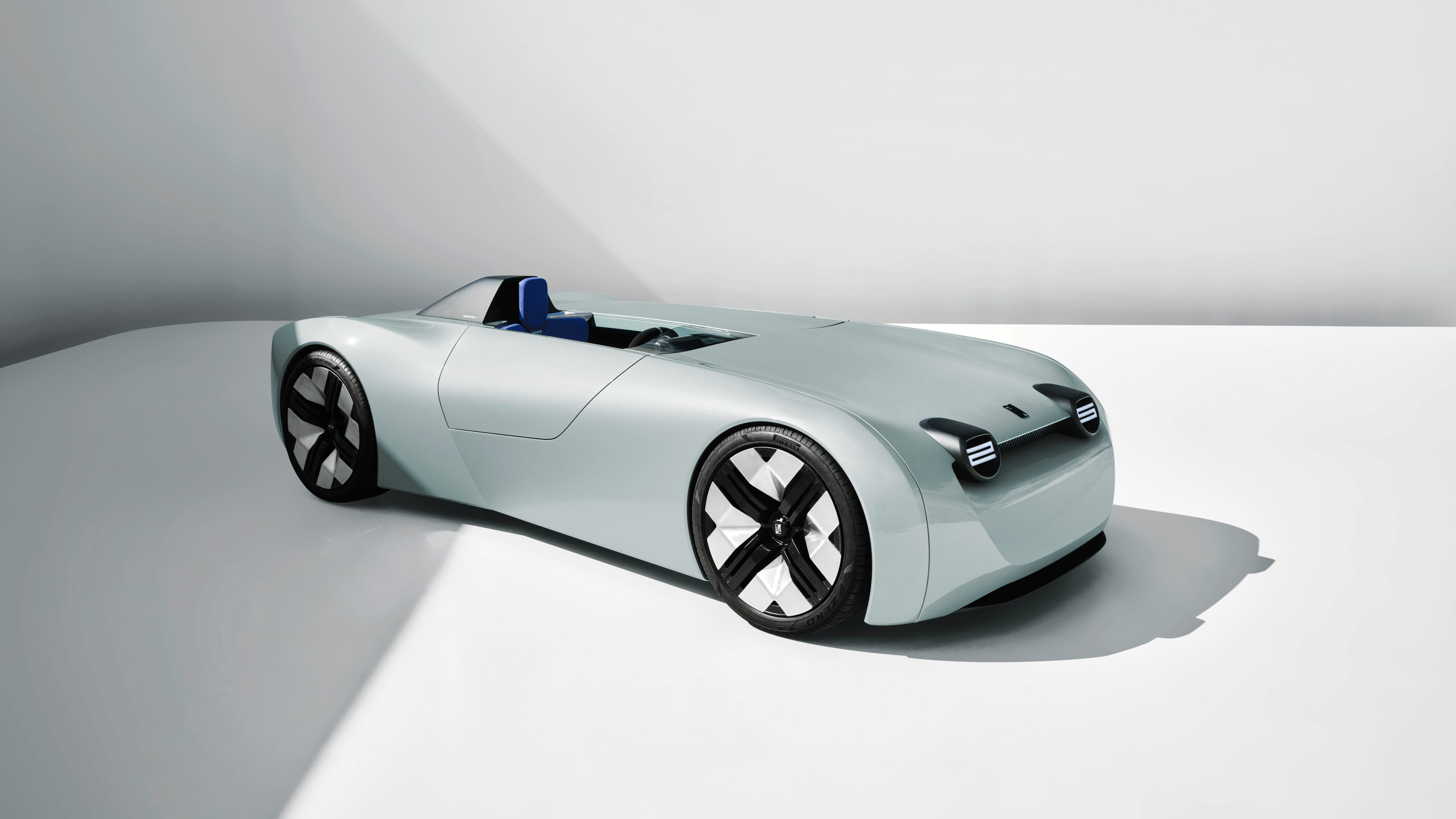
Car design is an incestuous, interwoven and highly self-absorbed business, where designers find their influences and self-expression funnelled through the immovable diktats of brand cohesion. The Triumph TR25 concept car shown here stands gloriously apart from corporate intransigence. Designed by London-based automotive consultancy Makkina to celebrate its 25th anniversary, the TR25 is a spectacular ‘what-if’, a vision of an alternative future that might – just might – come to pass.
Triumph TR25 concept car by Makkina
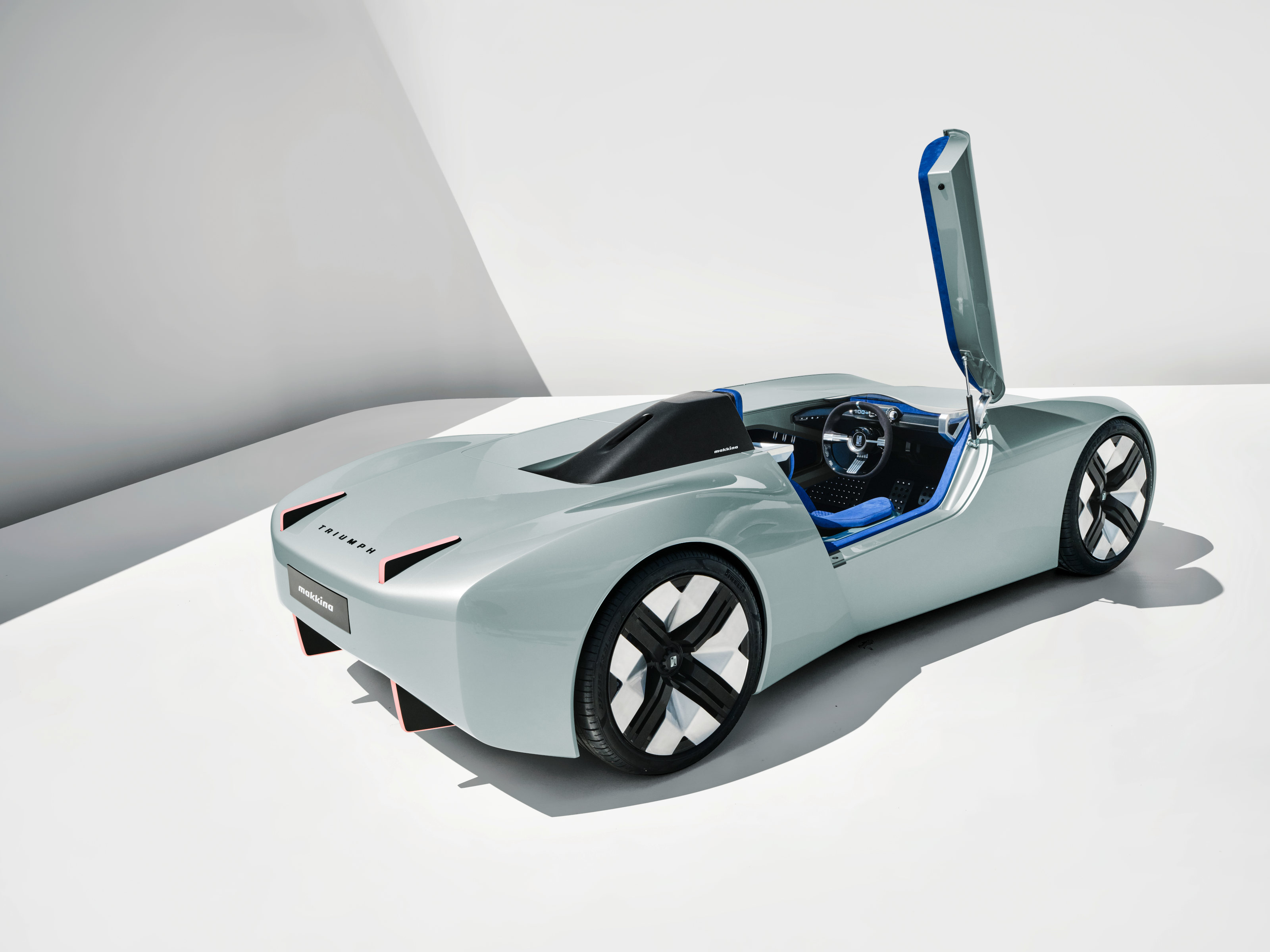
Makkina was established by designer Michael Ani in 1998, following a pathway that took him through Coventry University, London’s Royal College of Art, and on to work at Volkswagen. Makkina is one of a few highly discreet consultancies that sit on the periphery of the industry, utterly outside of the public view, and advise the big car makers. Ani is understandably unwilling to reveal the extent of this ‘advice’, nor can Makkina ever reveal its client list or portfolio, such is the inherent secrecy of the industry. When it came to celebrating the studio’s 25th anniversary, he wanted to create something that could be shared with the world.

The inspiration came from two sources. The first was a svelte and streamlined one-off record-breaker built by British manufacturer Triumph in 1953. The ‘Jabbeke’ Triumph TR2 once held the world speed record for the sub-2-litre engine class, reaching a shade under 125mph on the Jabbeke highway in Belgium. Now in the British Motor Museum in Warwickshire, the car has always been one of Ani’s favourites. ‘It’s charming but functional,’ he tells us, with a devastating simplicity missing from so many contemporary cars.
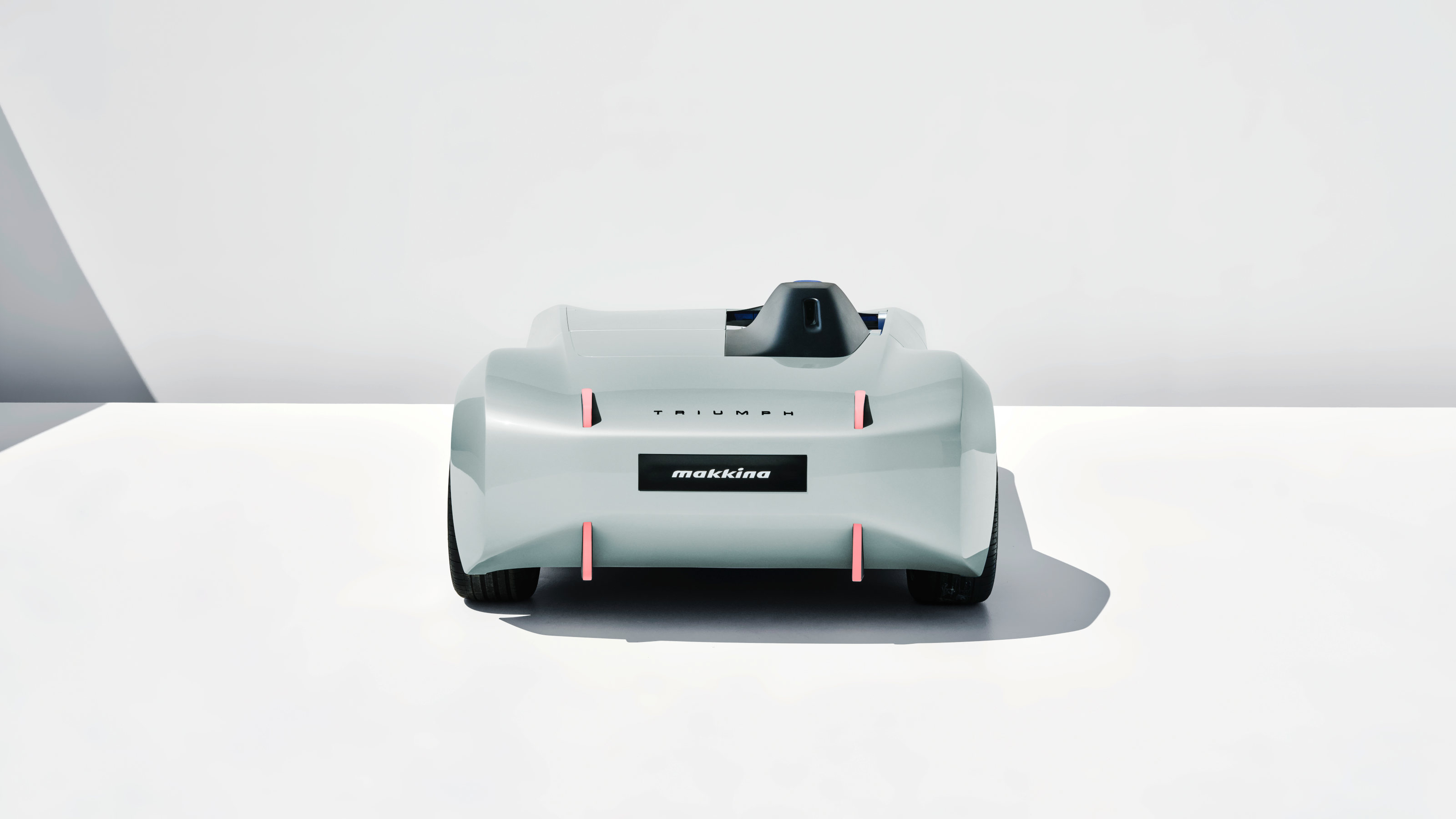
The other source was one of Ani’s own cars, the BMW i3, the pioneering electric car from 2011 that has since become something of a modern classic. Using the i3’s platform and underpinnings as a guide, Ani and his small team set about shaping a vivid update of the little TR2.
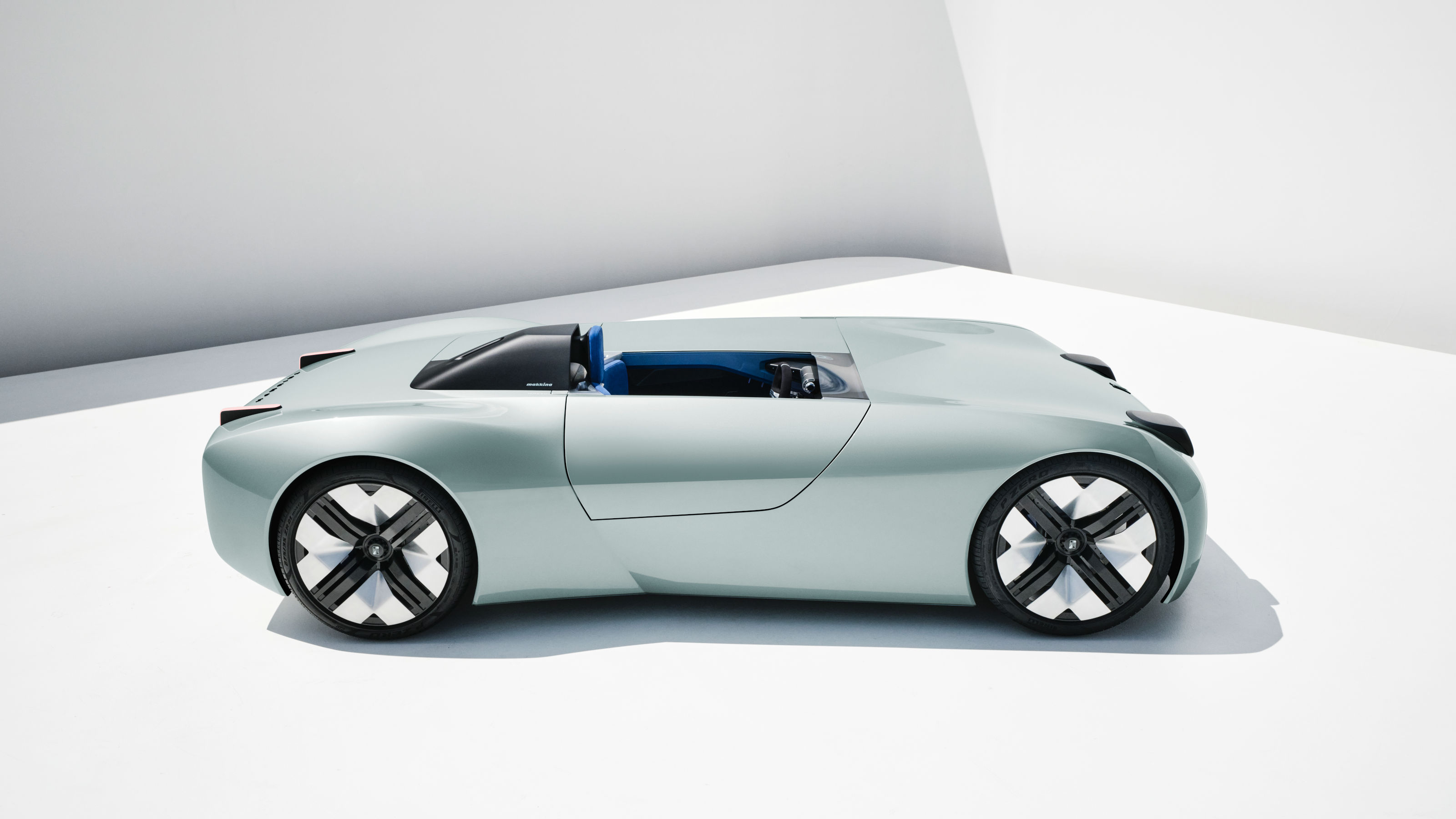
The result is a radically simple update of the original, splicing Triumph’s design language with the minimalism afforded by an electric platform. A single seater (a flip-down passenger seat is located under the removable tonneau cover) with flip-up doors, the TR25 is a driver-centric machine, with an enveloping cockpit, simple instrument display and a barely-there windscreen.
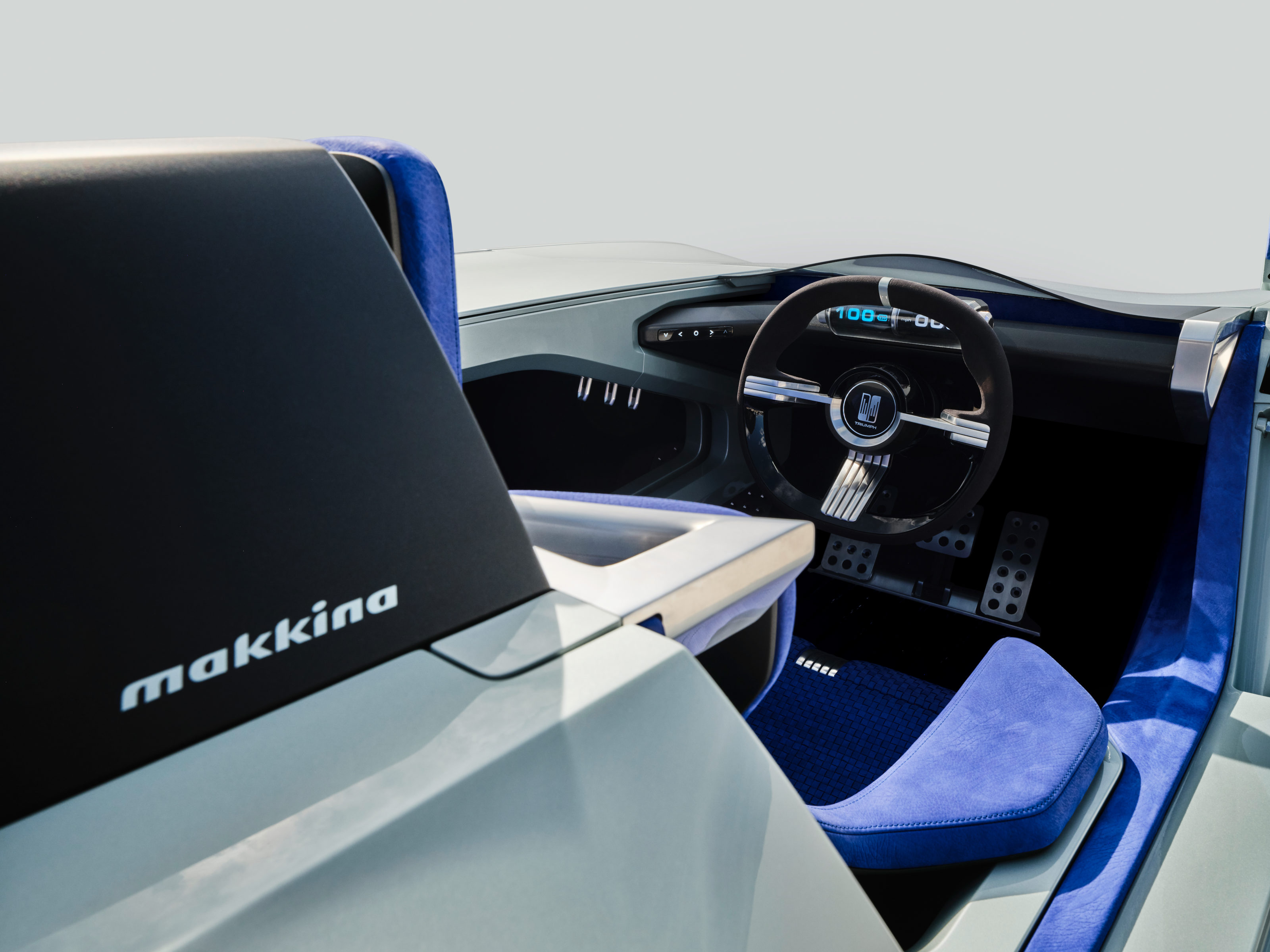
The head and taillights appear to slice through the meticulous sculptured surfaces of the body, terminating the form with twin red blades at the rear and giving the car a friendly, expressive frontage, just like the original Triumphs. The TR25 is an exercise in reduction, boiling away the excess and using very pure surfaces to express key forms, like the front air intake and bumper and the flared rear wheel arches.

Large 21in wheels fill the openings, pushed right to the very edge of the body. The concept shares a footprint and all dimensions with the i3, although the low, cabin-less body has very different proportions to BMW’s tall city car.
Receive our daily digest of inspiration, escapism and design stories from around the world direct to your inbox.
For now, you’ll just have to imagine the driving impressions. The BMW i3 is still one of the most spirited EVs, thanks to a low weight and excellent dynamics, and there’s no reason not to expect the TR25 to improve on those qualities, adding another option into the very limited pool of true electric sports cars.

‘It’s a very believable concept,’ Ani admits, although he stresses that it’s purely a design exercise. As the only project Makkina has publicly attached its name to in 25 years, he’s adamant that the TR25’s primary purpose is to ‘get validation from industry and enthusiasts’.
‘We’re not in the business of building cars,’ he adds. ‘This is purely our project, funded by us. It’s just a lovely thing.’

The reception has been overwhelmingly positive, aided by the fact that the little speedster officially bears the name of the Triumph Motor Company, as well as an updated version of its shield-like badge. The custodian of this British brand is none other than BMW AG, who acquired it when it bought the Rover Group in 1994. This year just happens to be the centenary of the construction of Triumph’s first-ever car (it was founded in the 1880s as a bicycle importer and manufacturer).
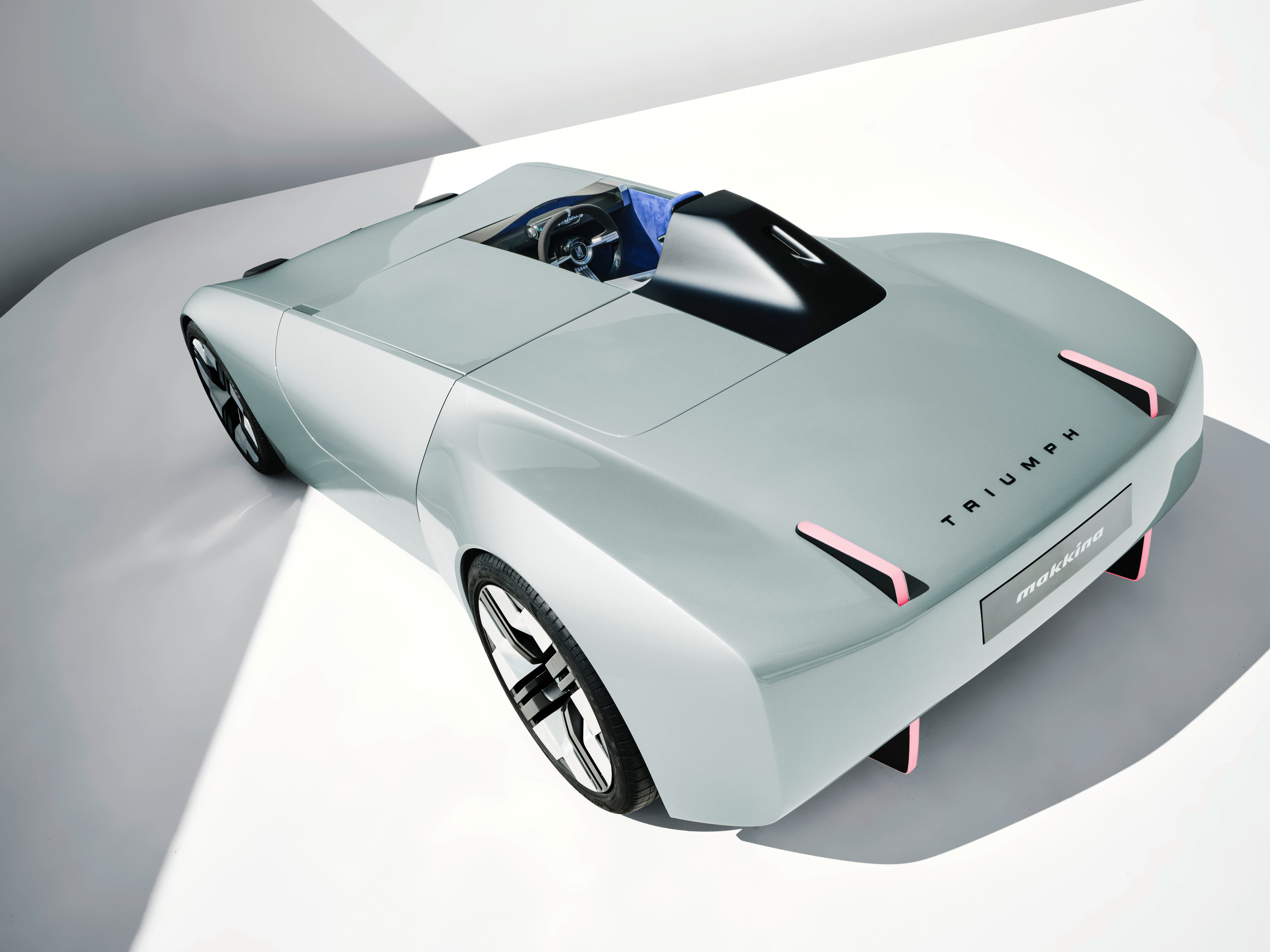
Since 1994, the name has remained dormant, one of a bundle of richly emotional British marques acquired by BMW. These originally included Land Rover, Rover, and MG – all subsequently sold off – as well as Mini and Rolls-Royce, both of which it transformed into shiny new entities that have a cleverly engineered bond with their past. Other names in their archives include Austin, Morris, Wolseley, and Riley. A decade ago it was reported that BMW had extended the Triumph trademark licence into merchandising, but nothing concrete materialised.

Nevertheless, BMW’s involvement – as both badge-holder and platform builder – hints at a possible future for the TR25 beyond life as a museum piece and a curio in a video game. The presence of BMW design boss Adrian van Hooydonk at the TR25’s London launch didn’t go unnoticed. Ani couldn’t possibly comment. ‘I just wanted to demonstrate that we can take a car brand and project it forwards to make a contemporary statement,’ he says. ‘Triumph is an incredibly significant name in the motoring industry, and we knew we carried a strong responsibility for its reawakening through the TR25. Triumph remains a cherished nameplate, holding a very special place in our hearts at Makkina.’
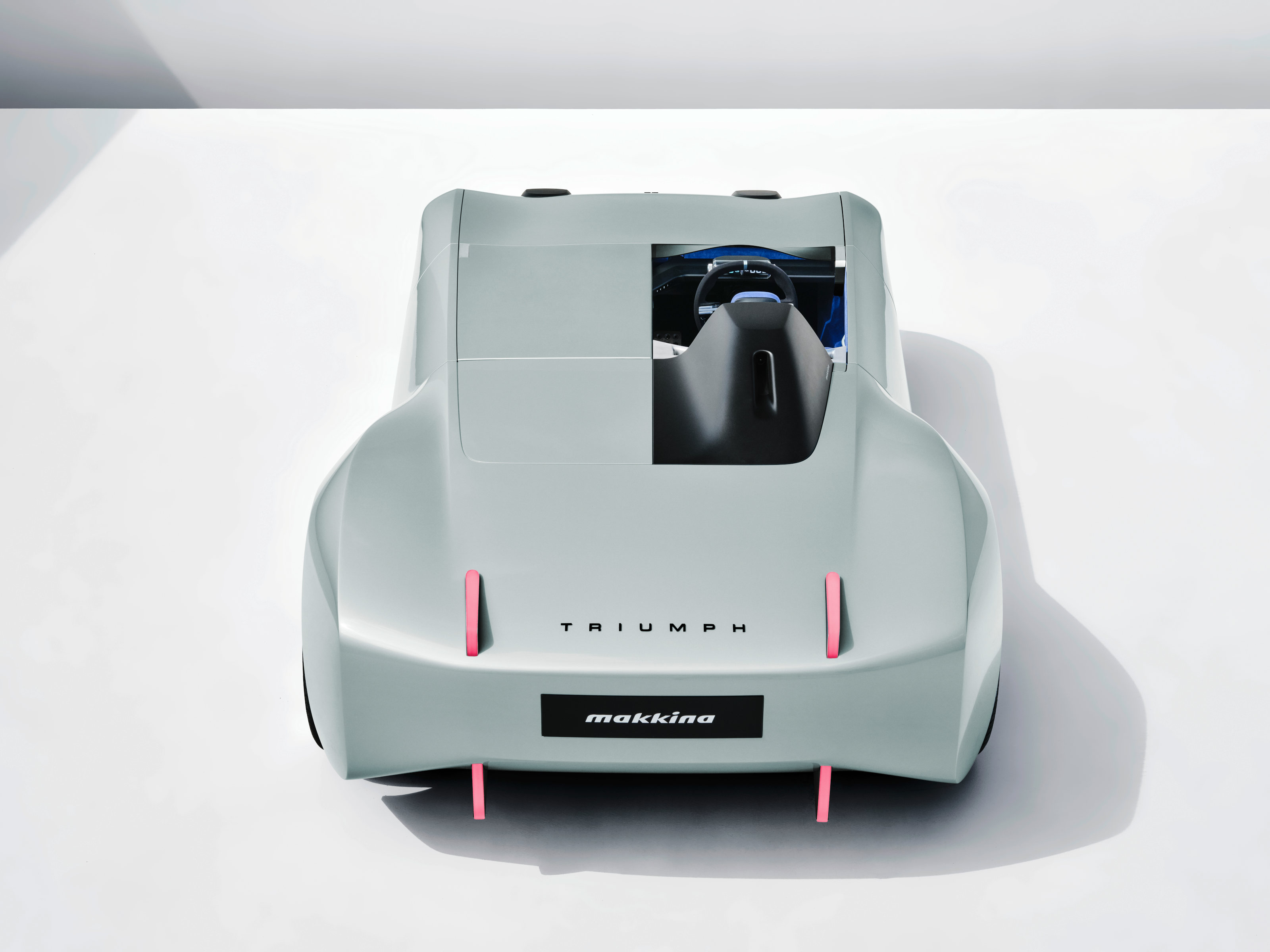
Jonathan Bell has written for Wallpaper* magazine since 1999, covering everything from architecture and transport design to books, tech and graphic design. He is now the magazine’s Transport and Technology Editor. Jonathan has written and edited 15 books, including Concept Car Design, 21st Century House, and The New Modern House. He is also the host of Wallpaper’s first podcast.
-
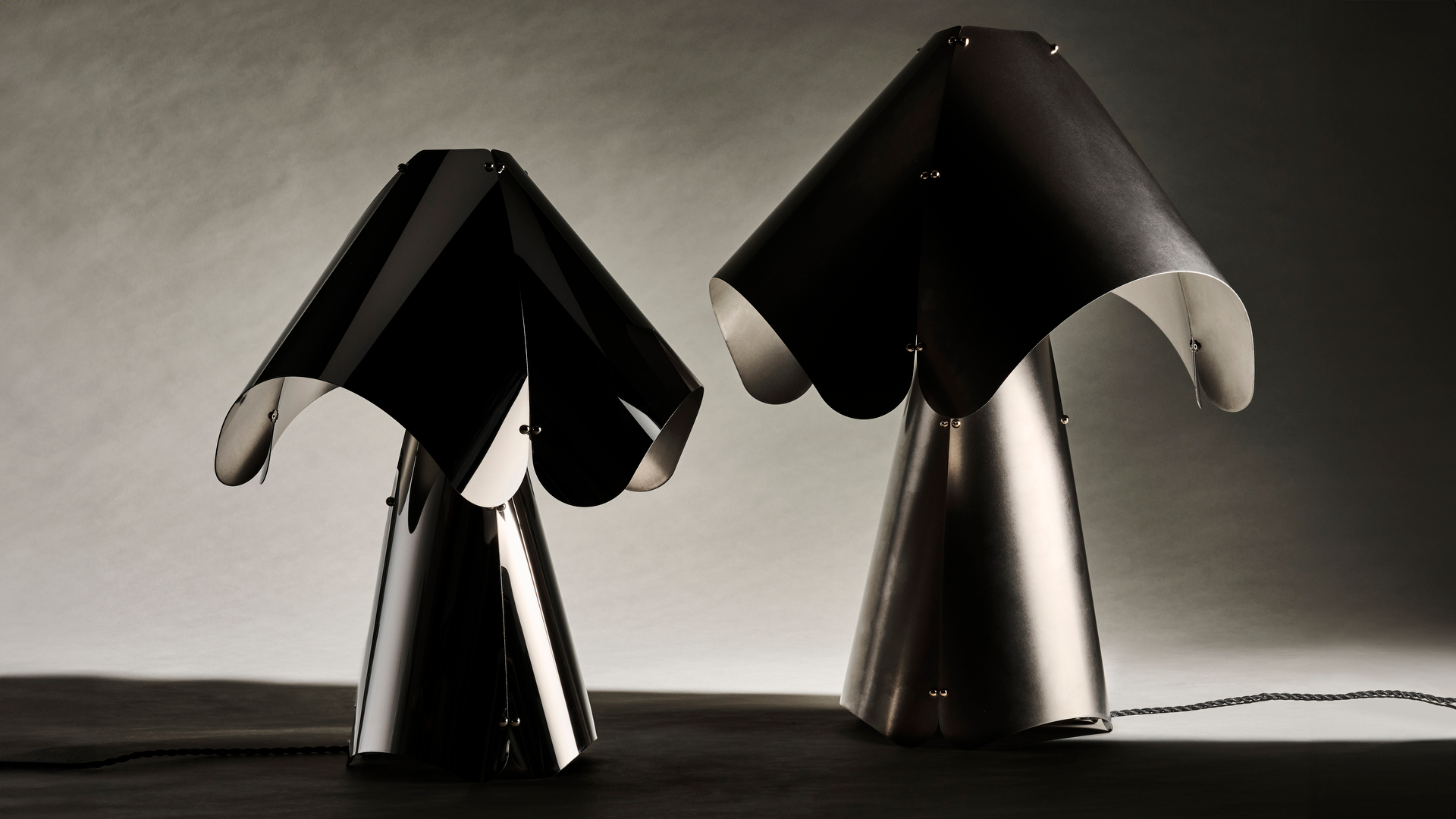 Australian studio Cordon Salon takes an anthropological approach to design
Australian studio Cordon Salon takes an anthropological approach to designWallpaper* Future Icons: hailing from Australia, Cordon Salon is a studio that doesn't fit in a tight definition, working across genres, techniques and materials while exploring the possible futures of craft
-
 This designer’s Shoreditch apartment is ‘part grotto, part cabinet of curiosities’
This designer’s Shoreditch apartment is ‘part grotto, part cabinet of curiosities’The apartment serves as Hubert Zandberg’s ‘home away from home’, as well as a creative laboratory for his design practice. The result is a layered, eclectic interior infused with his personality
-
 Curvilinear futurism meets subtropical beaches at Not A Hotel’s ZHA-designed Okinawa retreat
Curvilinear futurism meets subtropical beaches at Not A Hotel’s ZHA-designed Okinawa retreatZaha Hadid Architects has revealed the design for the first property in Not A Hotel’s futuristic new Vertex collection, coming soon to southern Japan
-
 Rivian hits Miami Art Week to release R1S Quad Miami Edition, a new colour and a scent
Rivian hits Miami Art Week to release R1S Quad Miami Edition, a new colour and a scentVivid sights and evocative smells are part of Rivian’s quest to humanise its all-electric SUVs
-
 RBW EV brings a much-loved classic sports car aesthetic into the modern era
RBW EV brings a much-loved classic sports car aesthetic into the modern eraThe RBW Roadster and GT hark back to a golden age of sports car design. Under the skin, these British-built machines feature bespoke all-electric running gear
-
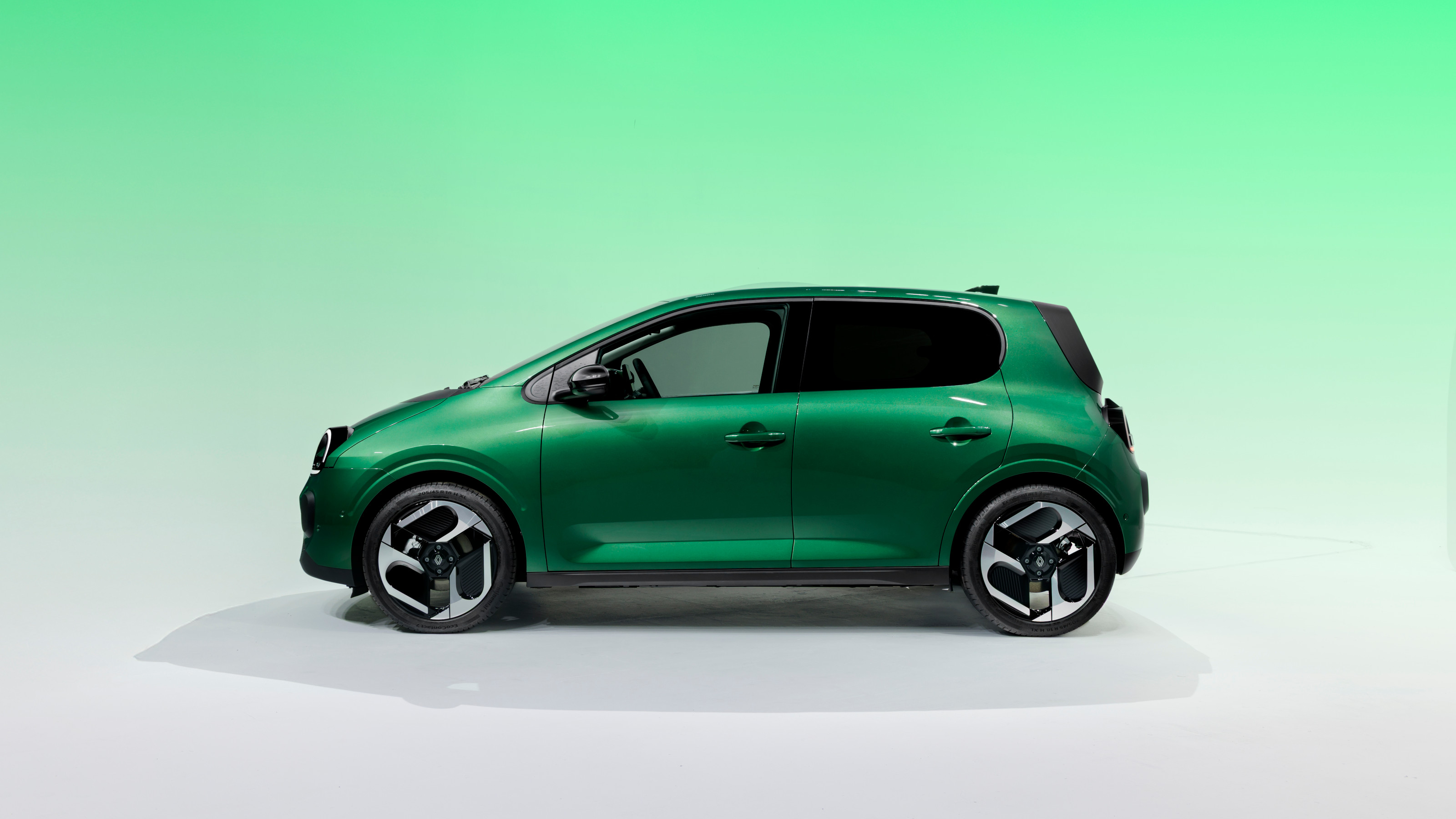 All hail the compact new Renault Twingo E-Tech – the city car is back in style
All hail the compact new Renault Twingo E-Tech – the city car is back in styleRenault continues to pay homage to its heritage by combining it with 21st-century technology. The new Twingo E-Tech is another winner
-
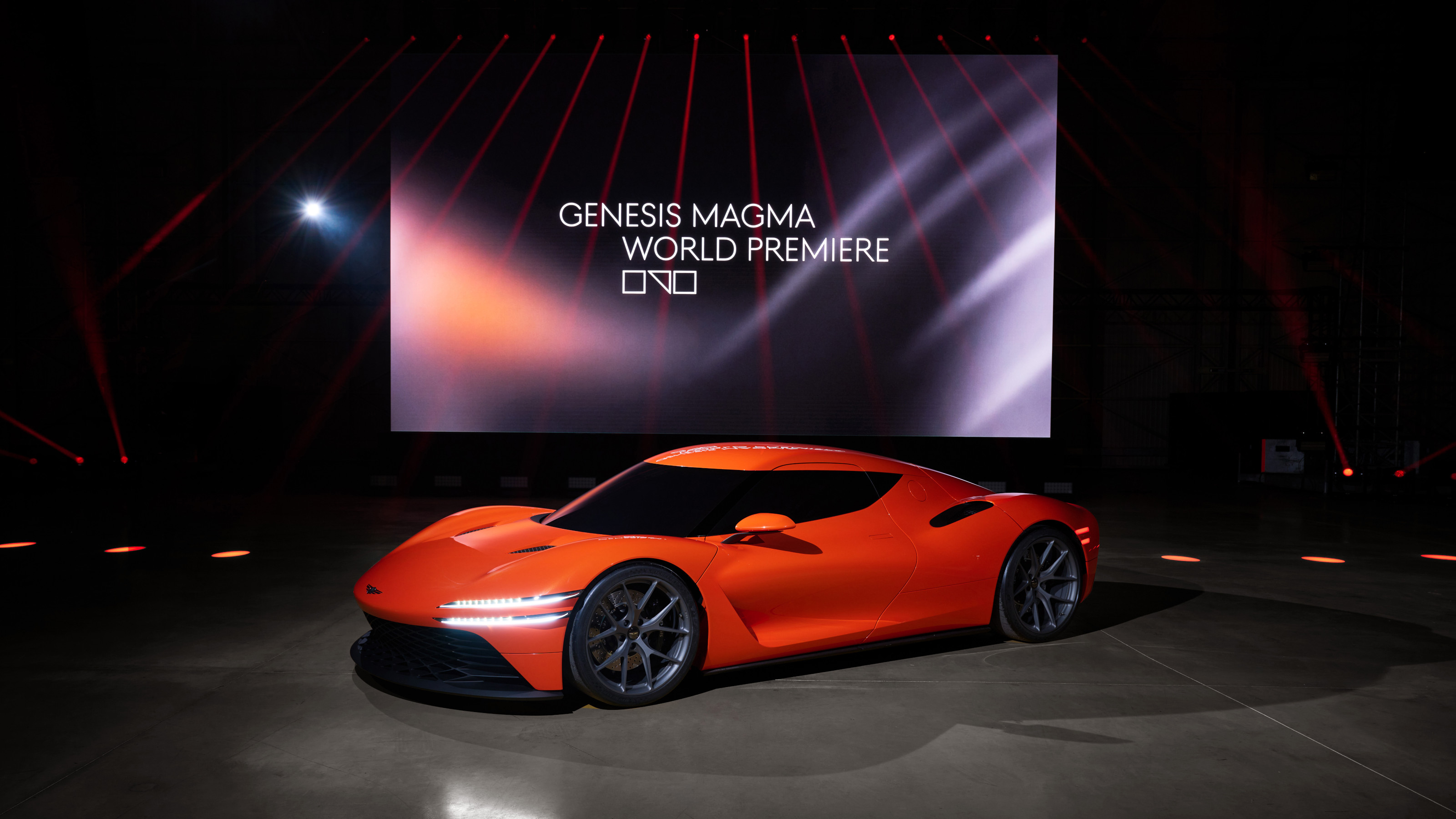 Genesis turns up the heat with its new Magma performance sub-brand
Genesis turns up the heat with its new Magma performance sub-brandGenesis has revealed the hot new GV60 Magma and striking Magma GT Concept in its quest to own luxury performance
-
 Around London in sybaritic silence with the majestic all-electric Lunaz Phantom V
Around London in sybaritic silence with the majestic all-electric Lunaz Phantom VClassic electrifier Lunaz has turned its skilled hands to the Rolls-Royce Phantom V. We sample the ultimate in zero-emission luxury on the streets of London
-
 Avatr Vision Xpectra concept transforms cars into ‘emotionally intelligent companions’
Avatr Vision Xpectra concept transforms cars into ‘emotionally intelligent companions’Revealed in Munich, electric car maker Avatr’s futuristic Vision Xpectra is a car that is not only beautiful, but a true form of ‘emotive luxury’
-
 Dacia wants to make small cars great again – all hail the new Hipster Concept
Dacia wants to make small cars great again – all hail the new Hipster ConceptThe best way to minimise energy use in all its forms is to downsize. The Dacia Hipster Concept is a smart way of making a practical car way more pint-sized
-
 The Vanderhall Brawley GTS is a compact but mighty electric off-roader
The Vanderhall Brawley GTS is a compact but mighty electric off-roaderDeliveries of Vanderhall’s Brawley GTS have started, bringing zero-emission trail driving to enthusiasts across America